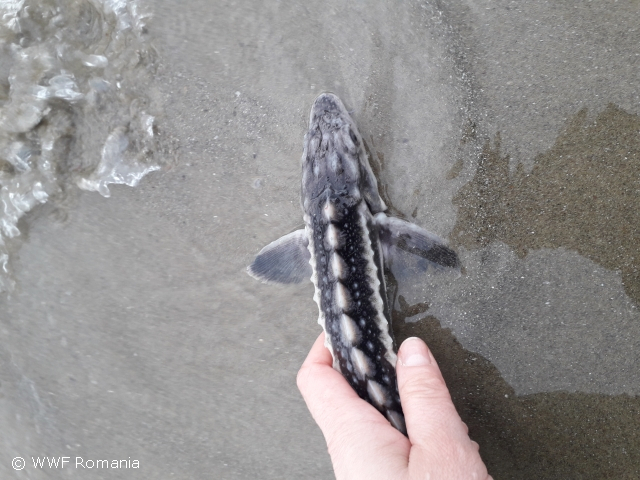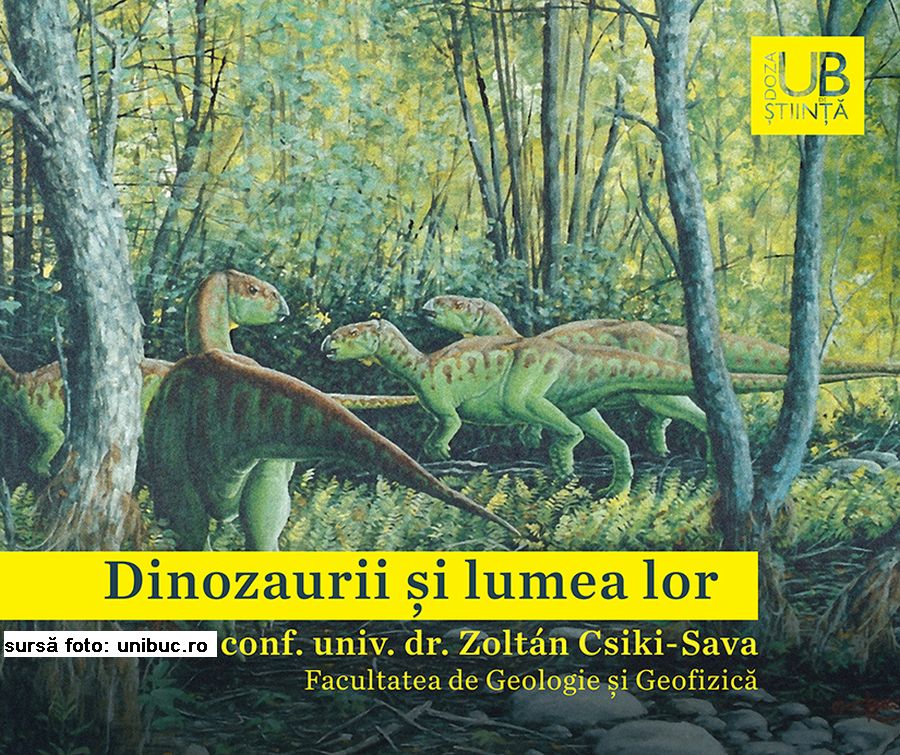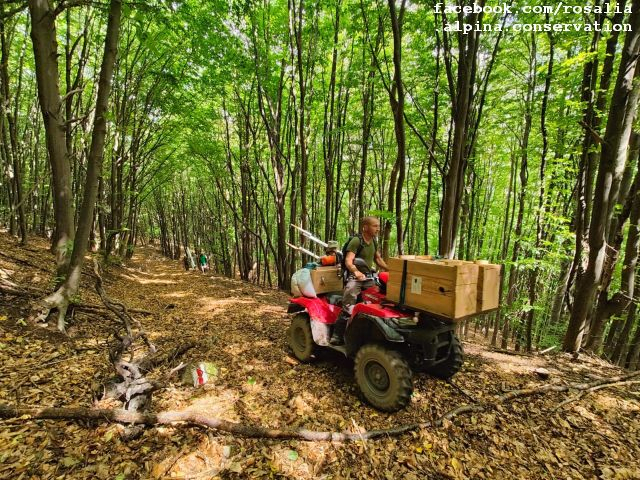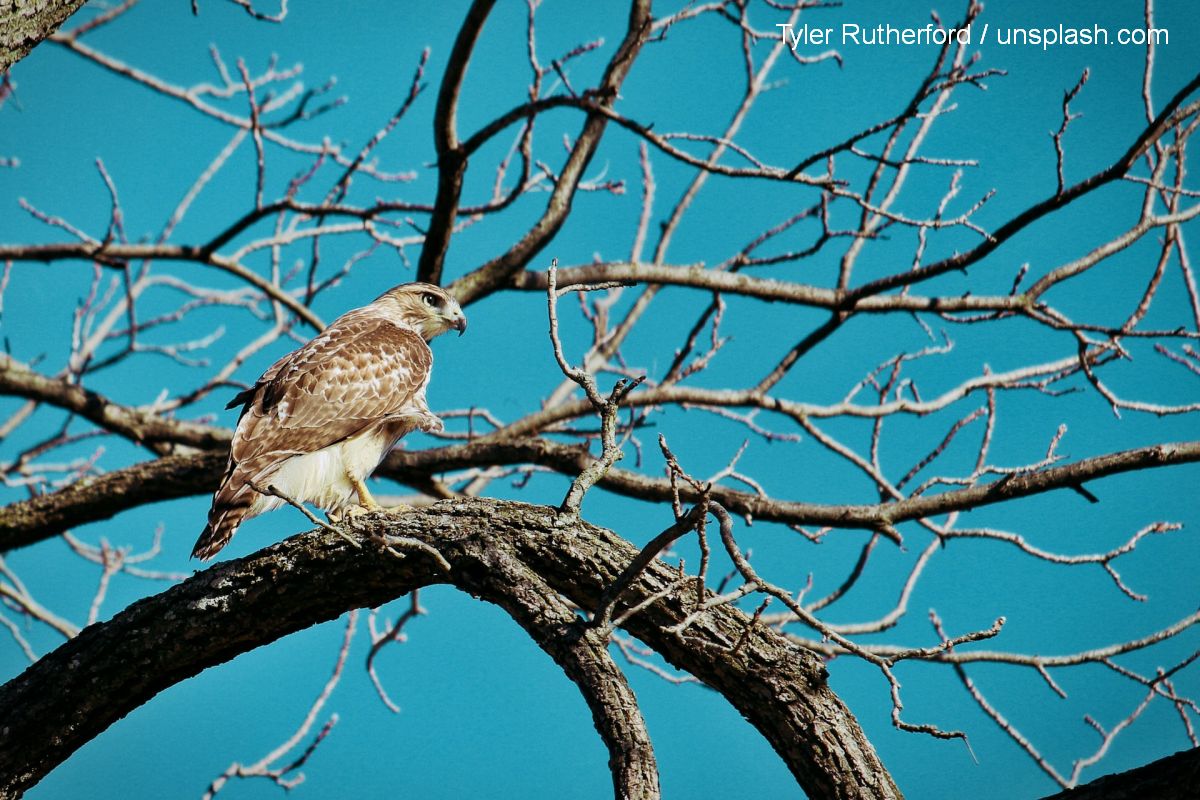Protection of sturgeons in the Danube Basin
The Danube River and the Black Sea are still home to some of the worlds most important wild sturgeon populations.
Warning: Trying to access array offset on null in /home/web/rri.ro/public/wp-content/themes/rri/template-parts/content.php on line 53

Warning: Trying to access array offset on null in /home/web/rri.ro/public/wp-content/themes/rri/template-parts/content.php on line 98
România Internațional,
26.07.2019, 10:23
The Danube River and the Black Sea are still home to some of the worlds most important wild sturgeon populations. Unfortunately, over the past decades, these migratory fish populations have dramatically dwindled because of barriers created by man. Dams and hydropower plants have divided the natural habitats of these fish species. Furthermore, fishing, pollution and the destruction of habitats have caused imbalances of the marine ecosystem and sturgeons have consequently been much affected.
Out of 6 species, only 4 have managed to survive, namely the beluga or huso huso, the sterlet, the sevruga sturgeon and the Russian sturgeon, which are on the list of endangered species on the Red List of Endangered Species of the International Union for Conservation of Nature. Fishing of sturgeons was first forbidden in Romania in 2006 for a period of 10 years, and in 2016, the ban on sturgeon fishing was extended by another 5 years.
In order to contribute to the conservation of sturgeons, WWF – World Wildlife Fund Romania has implemented various projects approaching the issue of overfishing, which is the main direct threat to the survival of the last wild sturgeon populations in the Danube. WWF Romania experts say that more involvement is needed and a wider European cooperation. Also, mechanisms need to be created for fishermen to be supported, for them to be able to obtain revenues from alternative sources and to be involved in activities related to the conservation, protection of habitats and the preservation of essential fish migration routes.
At present, in Romania, commercial fishing of sturgeon is banned, as well as the sale of sturgeon meat and caviar from the wild sturgeon in the Danube. Cristina Munteanu, a national manager of the WWF Romania project, has more: “Sturgeons are still most affected. We do not have the exact number of individuals in the species remaining in the Danube and the Black Sea, because these partial monitoring methods are rather expensive and require a lot of time. However, the knowledge we have following this partial monitoring shows that the sturgeon population is not big enough to allow commercial fishing. The ban on sturgeon fishing continues until 2021 and afterwards a decision will have to be made, in the next year, based on the latest scientific data which is available to us.
WWF Romania cooperates with the World Sturgeon Conservation Society, a global network of researchers, together with which it drafted a pan-European action plan for this fish species. The plan was adopted at the end of 2018 by the Bern Convention on the Conservation of European Wildlife and Natural Habitats and it will serve as a framework for all the European countries located in the regions with sturgeon populations. Last year, 10 European countries: Germany, Austria, Slovakia, Slovenia, Hungary, Croatia, Serbia, Romania, Bulgaria and Ukraine initiated a project for a 3-year period, for the conservation of endangered migratory fish species in the Danube basin.
Here is Cristina Munteanu with details: “The project is funded by the EU through the Danube Transnational Programme and it was launched last June. It is meant to identify common methods to set up sturgeon habitats, to make demonstrations of how to increase the fish population, to identify methods to set up fish farms with the purpose of repopulating the Danube and the Black Sea with sturgeon. Based on the analysis of current policies well eventually make some recommendations on how to include the conservation of these species in various plans such as the water transport plans, the plans for sand and gravel extraction from the Danube or any other project undertaken on the Danube. There are 10 countries in this project grouped by work packages. Depending on their experience, each partner will be involved in one or two work packages. One package focuses on identifying habitats, another one focuses on conservation ex-situ, namely on fish stocks which are used for repopulation. Other packages are devoted to policies and databases including up-to-date information. Although the project has just started, we managed to achieve some things such as a draft habitat-identification manual. We have also started to analyse the existing policies and we are currently drafting a report on these policies.
Also as part of this project, on April 18, in Isaccea, Tulcea county, action was taken to repopulate the Danube with sturgeon, more precisely with Russian sturgeon: “The event was actually a demonstration; we did not actually replace the extinct fish individuals. We released around 1,500 baby sturgeons that were marked and that will be monitored, to see their behaviour in the Danube on their way to the Black Sea and how long they stay in the feeding areas. Repopulating actions will also take place in Hungary where a smaller number of sturgeons will be released. The repopulating actions will be resumed next year.
Romania also has sturgeon farms. One kg of sturgeon is 9.5 Euros and caviar costs between 127.6 Euros and 212.7 Euros per 100 grams. (translation by L. Simion)






























